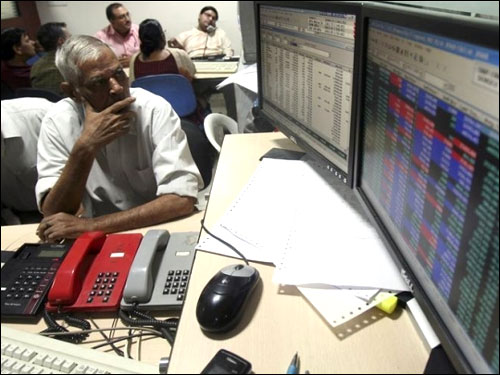Raipur, May 25: A union minister was caught on camera issuing threats to district administration officials in Chhattisgarh saying that she “knows how to take people to a room and beat them with belts"
Officials were taken aback when Renuka Singh, Minister of State for Tribal Affairs, delivered this dialogue during her visit to the quarantine centre at Balrampur, around 400 km from Chhattisgarh capital Raipur on Sunday.
Dilip Gupta, a resident of Balarampur district in Chhattisgarh, had accused the chief executive officer and tehsildar of the district panchayat of assaulting him in a quarantine centre in the area following a quarrel over shoddy facilities. Renuka Singh took cognizance of the matter and reached the quarantine centre to speak to Dilip Gupta.
The minister, on reaching the quarantine centre, received details of the incident from Gupta and his family and lashed out at the officials for "beating him up".
In a video, Renuka Singh is seen cautioning the officials to not think of BJP workers as "weak".
"Ye bhagwadhaari BJP ke karyakartao ko kamzor mat samajhna. Janpad me baithke aur aap tehsil me baith ke jo bhed-bhaav kar rahe hain BJP ke karyakartao ke sazth, bhool jaiye (Don't think of saffron-wearing BJP workers as weak. Forget the discrimination that you are showing towards BJP workers)," Renuka Singh said, lambasting the officials.
However, the minister did not stop there and went on to threaten the officials saying she knows how to 'thrash people with a belt'.
"Andheri kothri me le jaa ke na main belt khol ke thokna jaanti hu bohot acche se (I very well know how to lock people in a dark room and thrash them with a belt)," Renuka Singh can be heard saying in a video from the incident.
Dilip Gupta, who was put under quarantine after he recently arrived from Delhi, had reportedly complained about the quality of food and basic facilities in the centre and had even uploaded a video on social media over the same after officials failed to address his issues.






Comments
Add new comment